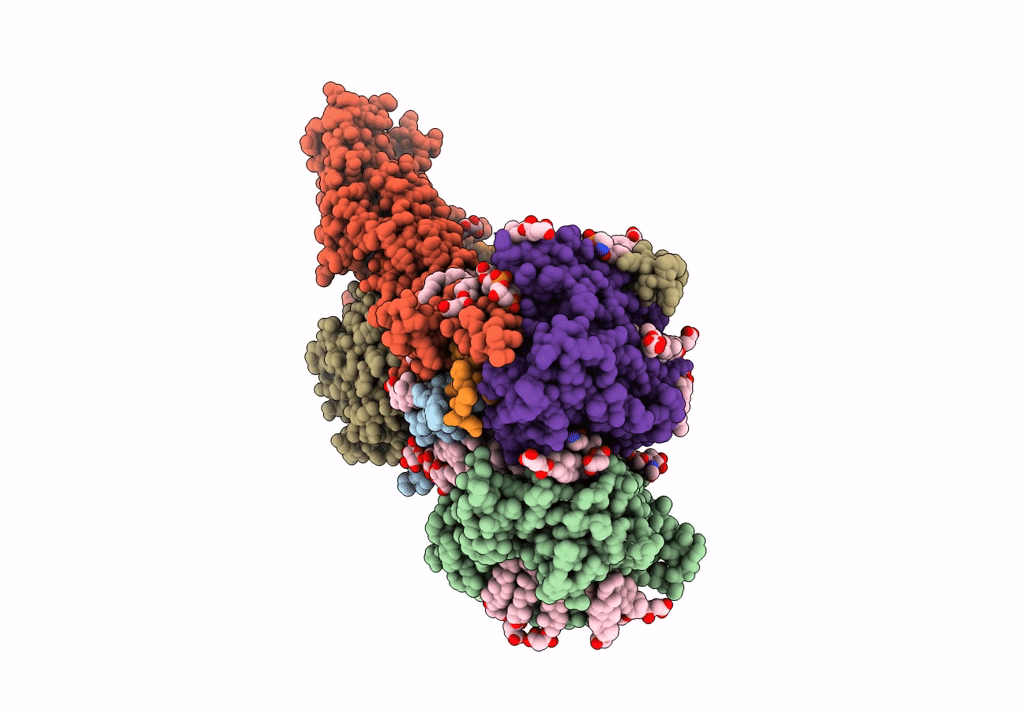
Deposition Date
2023-03-07
Release Date
2023-08-16
Last Version Date
2025-07-23
Entry Detail
PDB ID:
8IMY
Keywords:
Title:
Cryo-EM structure of GPI-T (inactive mutant) with GPI and proULBP2, a proprotein substrate
Biological Source:
Source Organism:
Homo sapiens (Taxon ID: 9606)
Clavularia sp. (Taxon ID: 86521)
Clavularia sp. (Taxon ID: 86521)
Host Organism:
Method Details:
Experimental Method:
Resolution:
3.22 Å
Aggregation State:
PARTICLE
Reconstruction Method:
SINGLE PARTICLE


